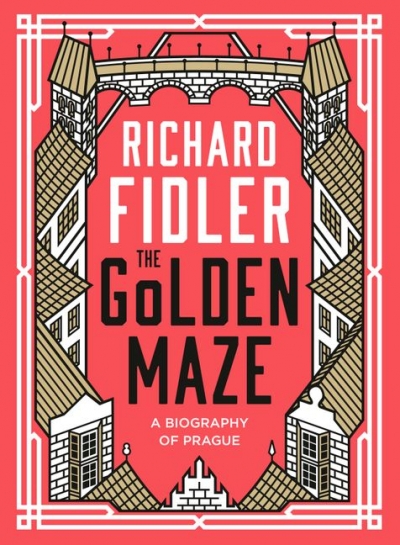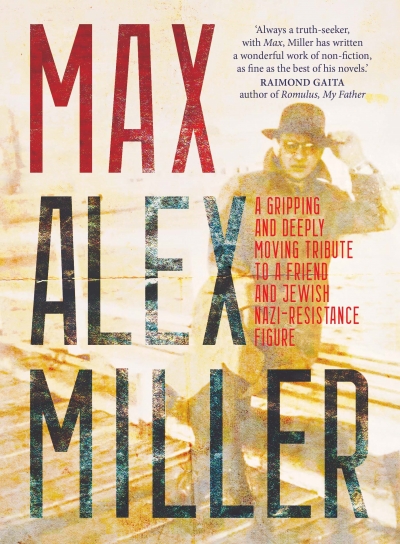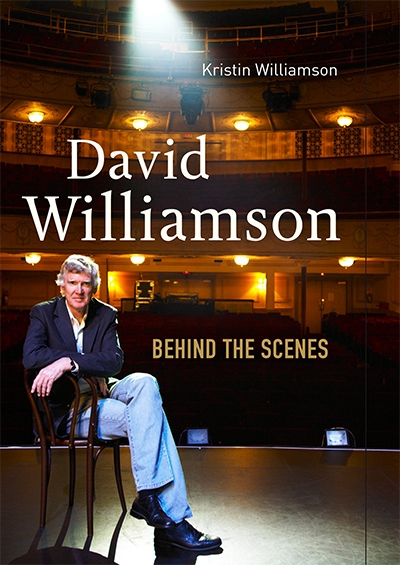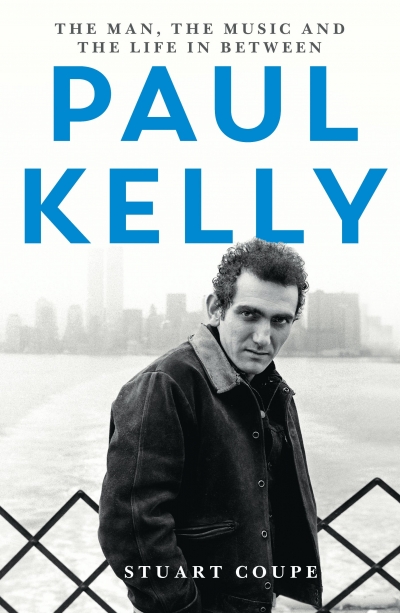Biography
The Price of Peace: Money, democracy and the life of John Maynard Keynes by Zachary D. Carter
Who was John Maynard Keynes? Was he the bookish Cambridge don who penned ambitious theories to overturn the tenets of economics and political liberalism? Or was he Baron Keynes of Tilton, the ardent imperialist who viewed British rule as a benevolent force bringing justice, liberty, and prosperity to the societies it administered? Was he a meticulous Lothario who kept lists of his hookups with anonymous men on notecards? Was he also a political statesman who lambasted the intransigency of his colleagues during fraught negotiations in two world wars?
... (read more)The Power Broker: Mark Leibler, an Australian Jewish life by Michael Gawenda
Michael Gawenda’s engaging biography of Melbourne lawyer Mark Leibler traverses matters of Australia’s migration history, Jewish identity, and political influence. What has it meant to live a Jewish life in an Australian city? What have been the intergenerational impacts of the Holocaust, anti-Semitism, and the establishment of the Stat ...
Ben Bland, a Financial Times correspondent in Indonesia in 2012–15 and currently director of the Southeast Asia Program at the Lowy Institute, had a ringside seat to watch the rise of Indonesia’s President Joko Widodo (also known as Jokowi). By his own account, Bland has met him more than a dozen times. Jokowi was a furniture-maker and -exporter, mayor of Solo, and governor of Jakarta before being elected president in 2014. Bland has written a good introduction to the Jokowi era that will appeal to the general reader but may leave the serious student of Indonesia unsatisfied.
... (read more)The Golden Maze: A biography of Prague by Richard Fidler
On May Day 1955, two years after his death, a colossal memorial to Joseph Stalin was unveiled on a prominent site north of central. Towering above the city and containing 14,000 tons of granite, it was the largest statue of the dictator ever created. Stalin was depicted at the head of a representative group of citizens, dubbed by some as a bread queue. Otakar Švec, a prominent Czech sculptor, had won the commission in 1949. After the work’s stressful gestation, he killed himself shortly before the work was unveiled; there had been constant interference and police surveillance, and his wife committed suicide in 1954.
... (read more)Under the Rainbow: The life and times of E.W. Cole by Richard Broinowski
Melburnians above a certain age will remember Coles in Bourke Street. Unknown to most of them, it stood on the site of another Coles, Cole’s Book Arcade, for half a century probably the most famous shop in Australia. Its founder, Edward William Cole, is now the subject of an engaging biography by Richard Broinowski.
... (read more)When Alex Miller first thought of writing about Max Blatt, he imagined a celebration of his life. But would Max have wanted that? He was a melancholy, chainsmoking European migrant, quiet and self-effacing, who claimed nothing for himself except defeat and futility.
... (read more)Miles Franklin used to delight in relating an anecdote about a librarian friend who, when asked why a less competent colleague was paid more, replied succinctly: ‘He has the genital organs of the male; they’re not used in library work, but men are paid more for having them.’
... (read more)There seems to be an ever-growing – I almost wrote market, but think I mean obsession – these days for the family history, the personal memoir, the parading of how I spent my childhood/adolescence/ protest years/personal and economic growth decades, before-finally-contributing-to-the-joy-of-past-and-future-generations-by-listing-my-achievements. Many of these are self-published. Kristin Williamson’s biography of her playwright husband is not, but perhaps should have been.
... (read more)Paul Kelly: The man, the music and the life in-between by Stuart Coupe
The voice on the car radio was not immediately recognisable, nor was the song familiar to me. There was just a smoky laid-back piano and someone singing a song that sounded as though it was from the 1940s: ‘Young lovers, young lovers …’ I thought the voice, whomever it belonged to, had a real musicality in it, a precision of pitch and phrasing in tandem with a kind of liquid sweetness.
... (read more)With the possible exception of Jean Baudrillard or Anthony Giddens, it is difficult to think of a contemporary sociologist who has rivalled the international intellectual standing, as well as global fame, of the late Zygmunt Bauman. In his subtle, worldly intelligence, his interdisciplinary engagement, and his poetic cast of mind, Bauman stands out as one of the most influential social thinkers of our time. A distinguished heir to the tradition of radical Marxist criticism, his writings tracked the political contradictions, cultural pressures, and emotional torments of modernity with a uniquely agile understanding. With his scathing critical pen and brilliant socio logical investigations, Bauman unearthed major institutional transformations in capitalism, culture, and communication in a language that disdained all academic boundaries, crossing effortlessly from Marx to mobile phones, from Gramsci to globalisation, and from postmodernism to the privatisation of prisons.
... (read more)










